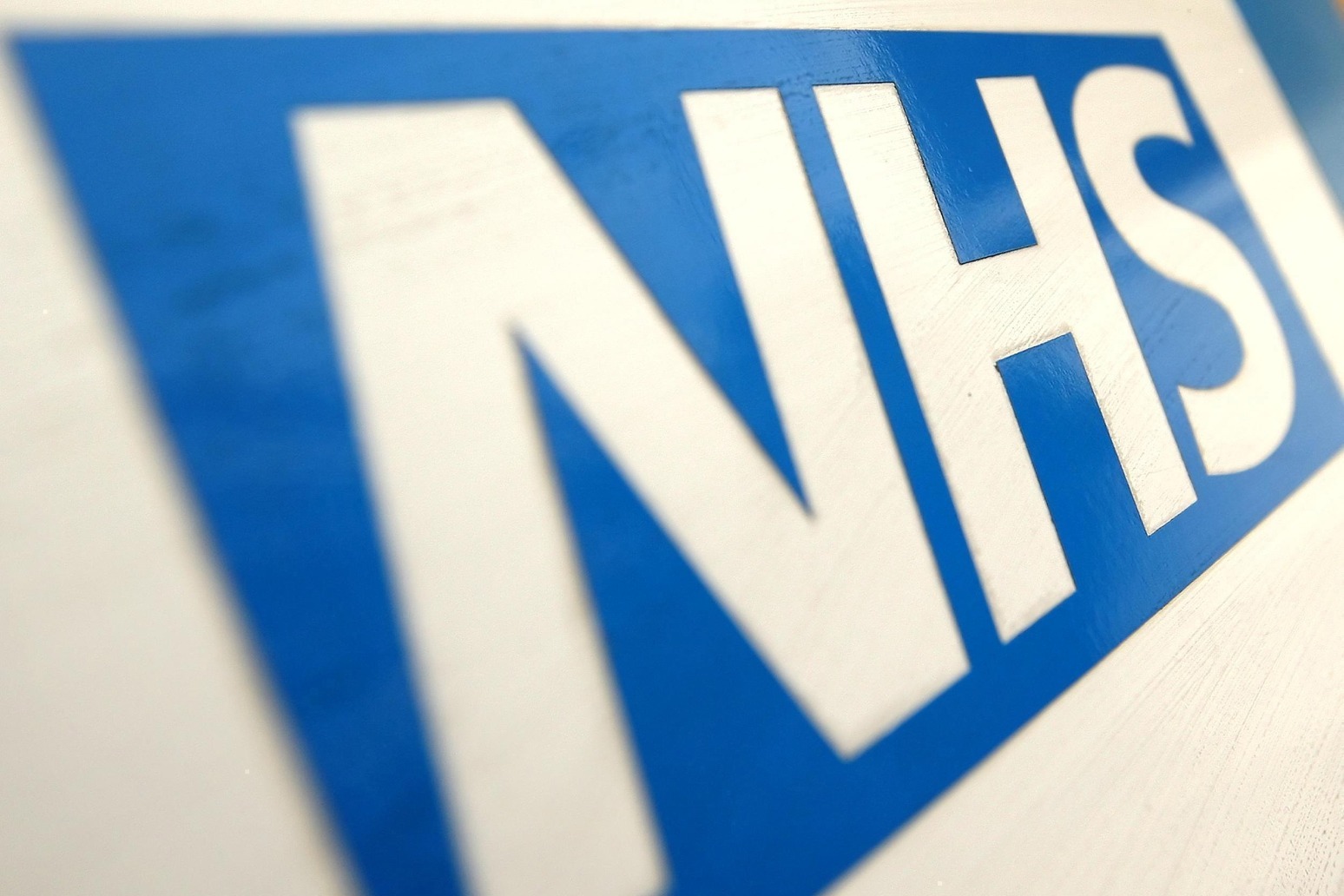-
 play_arrow
play_arrow
Kl 1 Radio Local radio for west Norfolk
-
 play_arrow
play_arrow
KL DISCO KL Disco Playing Disco Music from the 70's onwards.24/7
-
 play_arrow
play_arrow
KL COUNTRY KL COUNTRY Playing New and Classic Country Music 24/7
-
 play_arrow
play_arrow
KL ROX KL ROX The best of New and Classic Rock.24/7
-
 play_arrow
play_arrow
KL SUMMER Summer Vibes 24/7 from KL1 Radio across West Norfolk
-
 play_arrow
play_arrow
KL CLASSICAL Your Symphony Starts Here
-
 play_arrow
play_arrow
KL CHILL Just Chill!
-
 play_arrow
play_arrow
KL POP The Best POP Hits all day Long!
-
 play_arrow
play_arrow
KL XTRA KL XTRA
music_note

Hundreds of thousands fewer patients will face long A&E waits, the Government has pledged, as it also set out plans to try and end “corridor care”.
Almost £450 million will be put into creating better care and more facilities, with an emphasis on caring for people closer to their homes, according to the Department of Health and NHS England.
The new Urgent and Emergency Care Plan for England says more needs to be done to drive down long waits, cut delayed discharges and improve care for patients.
An earlier version of the document said NHS trusts would need to show how, by this winter, systems will “improve flow through hospitals, with a particular focus on patients waiting over 12 hours, and eliminate corridor care”.
But the later version does not commit to a timescale for ending corridor care, instead saying systems must “improve flow through hospitals, with a particular focus on reducing patients waiting over 12 hours and making progress on eliminating corridor care”.
Ministers have also set an ambition for a minimum of 78% of patients who attend A&E (up from the current 75%) to be admitted, transferred or discharged within four hours, meaning “over 800,000 people a month will receive more timely care”.
There will also be a focus on seeing more children.
The Government wants to slash the number of patients waiting more than 12 hours for a hospital bed – or to be discharged from A&E – so this occurs “less than 10% of the time”, according to the new document.
Around 1.7 million attendances at A&E every year currently exceed this time frame.
Further measures in the plan are intended to drive down delayed discharges from hospital, which occur when people are medically fit to leave but care in their homes or community has not yet been put in place.
Local performance targets will be set to improve patient discharge times, and “eliminate internal discharge delays of more than 48 hours in all settings”, the plan said.
Experts said A&E “league tables” will be published to drive up performance.
Those patients who need an overnight emergency admission will also have their overall stay reduced where appropriate – the average is “currently nearly a day longer than in 2019”.
The plan further sets out how ambulance waiting times for category 2 patients – such as those suffering stroke, heart attack, sepsis or major trauma – will be cut by more than 14%, from 35 to 30 minutes.
A previous target of 18 minutes has been repeatedly missed.
In the document, there is an aim to “eradicate” last winter’s lengthy ambulance handover delays by meeting a maximum 45-minute target for patients to be handed over to A&E.
This should help “get 550,000 more ambulances back on the road for patients”, it says.
According to the document, around 40 new same day emergency care and urgent treatment centres will also be established to treat and discharge patients the same day, avoiding unnecessary admissions to hospital.
Almost 500 new ambulances will also be rolled out across the country by March 2026.
The plan details 15 mental health crisis assessment centres, which are designed to ensure mentally ill people do not have to wait in A&E for hours for care.
It comes after the NHS experienced a crisis over winter, with patients waiting hours for beds and regularly being treated in corridors – so-called corridor care.
A&E waiting time targets have not been met for more than a decade, while the 18-minute target for category 2 ambulance calls has never been hit outside the pandemic.
Health Secretary Wes Streeting said: “No patient should ever be left waiting for hours in hospital corridors or for an ambulance which ought to arrive in minutes.
“We can’t fix more than a decade of underinvestment and neglect overnight.
“But through the measures we’re setting out today, we will deliver faster and more convenient care for patients in emergencies.
“Far too many patients are ending up in A&E who don’t need or want to be there, because there isn’t anywhere else available.
“Because patients can’t get a GP appointment, which costs the NHS £40, they end up in A&E, which costs around £400 – worse for patients and more expensive for the taxpayer.
“The package of investment and reforms we are announcing today will help the NHS treat more patients in the community, so they don’t end up stuck on trolleys in A&E.”
Under the plans, paramedics will play a bigger role in the community, with patients given “more effective treatment at the scene of an accident or in their own homes from ambulance crews”.
More patients will also be seen by urgent community response teams in their own homes to try to avoid hospital admission.
The NHS is also pledging better use of virtual wards, where patients are monitored by hospital staff from their home, and there are plans to drive up vaccination rates among NHS staff to help protect patients.
Royal College of Emergency Medicine president Dr Adrian Boyle said: “There is some good and some bad – but we wholeheartedly welcome the commitment to publish A&E performance data for each and every hospital and we thank NHS England and the Department of Health for heeding our recommendation.
“In this plan, for possibly the first time, NHS England acknowledges the shameful situation being experienced by patients and clinicians across the country’s emergency departments – and that must be commended.
“However, some parts lack ambition – for example accepting that 10% of people will face A&E waits of more than 12 hours, when no patient should.
“Also maintaining the four-hour standard at 78% when the stated aim is that 95% of patients should move through the emergency department within this time – something which hasn’t happened for a decade.”
He said there were also concerns about how the maximum 45-minute ambulance handover will be achieved “without exposing patients to risk and increasing overcrowding in our departments”.
Association of Ambulance Chief Executives managing director Anna Parry said: “We are particularly heartened to see the plan’s emphasis on the reduction and improved management of hospital handover delays.
“Handover delays have the greatest detrimental impact on ambulance resources and create unnecessary delays and additional harm for thousands of patients each year.
“The elimination of corridor care and the focus on reducing 12-hour waits at emergency departments is also welcomed.”
The Liberal Democrats claimed the Government had listened to their calls to end corridor care, but called on ministers to follow through on their promises.
Lib Dem health spokesperson Helen Morgan MP said: “Patients have heard these kinds of promises before only to be led up the garden path.
“We can’t bear any more of the shameful neglect and failed delivery that we saw for a decade under the Conservatives.
“It’s good to see ministers finally listen to Liberal Democrat demands to end corridor care but the misery in our A&Es will only be prolonged if they continue to move at a snail’s pace on social care.
“Until they grasp this nettle, millions are at risk of dangerously long waits in A&E.
“They must see sense and conclude their review into social care by the end of this year.”
Published: by Radio NewsHub

Similar posts
Upcoming shows

DJ L.iam – Nite KL1ub Part 2
10:00 pm - 11:00 pm

StressBusters
11:00 pm - 12:00 am

Night Trax
1:00 am - 6:00 am

Weekend Back Trax
6:00 am - 8:00 am

Kelvin Scott – Weekend Breakfast
8:00 am - 11:00 am
Message Us
Copyright The Mediasite UK - 2025








